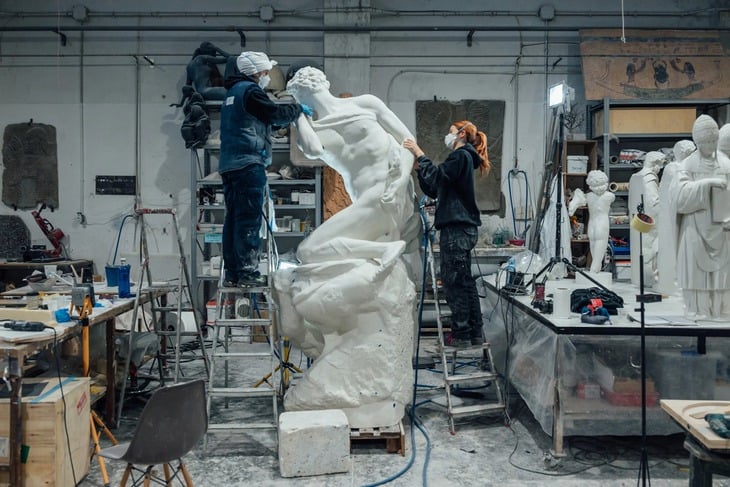
Technology used to bring together almost all of Michelangelo's sculptures in one place - Photo: Oak Taylor-Smith/Factum Foundation
This is considered the "most comprehensive" exhibition of Michelangelo's sculptures in the past 150 years.
Using 3D technology to recreate Michelangelo 's work
To organize the exhibition, the museum did not need to transport the 5-meter-tall statue of David from the Galleria dell'Accademia in Florence, or the statue of The Genius of Victory, which is located nearby in the Palazzo Vecchio.
Instead, the exhibition "Michelangelo Imperfect", organized by SMK (short for Statens Museum for Kunst), has made around 40 copies, including new 3D-printed copies, made especially for the show by Madrid-based studio Factum Arte.
This isn’t the first time a Michelangelo sculpture has been 3D printed. The University of Florence unveiled an acrylic replica of David at Expo 2020 Dubai. This time, however, the technology has been used to bring together almost all of his sculptures in one place.
The exhibition also includes original works by the Italian artist, including 20 drawings and a group of wax and clay models.
"This is an exhibition that is mainly made up of replicas — an experiment. That's not common these days," Matthias Wivel, the exhibition's curator, told CNN in a phone call.
Michelangelo Buonarroti, a sculptor who lived in the 15th to 16th centuries, is still known as one of the most famous artists of all time, thanks to the vividness and emotional depth of his classical sculptures.
Michelangelo's works twist in space, holding seemingly precarious poses despite being carved from solid white Carrara marble.
At Factum Arte’s workshop, the team not only 3D prints each piece, but also combines new and traditional techniques. The in-depth process includes recording each piece using photogrammetry and Lidar scanning to create a digital replica.
They first print each piece in resin, similar to the replica of the David statue on display in Dubai. They then create a silicon mold from the print and cast it in marble composite to get closer to the original material, before finishing the piece by hand.
"Our goal is to make the pieces visually identical to the original in their display condition," Adam Lowe, founder of Factum Arte, told CNN. "You can only tell the difference by touching or tapping, because the temperature of the marble is not exactly the same."
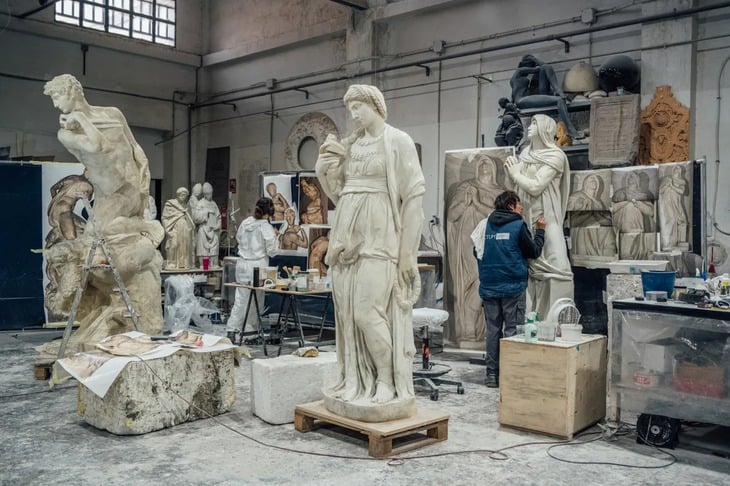
At Factum Arte's workshop, the team not only 3D prints each piece, but also combines new and traditional techniques - Photo: Oak Taylor-Smith/Factum Foundation
Create " twin copies "
People may not appreciate replicas today. But in the 19th century, plaster casts of famous statues were the stars of many museums. Institutions like the Art Institute of Chicago began their collections with plaster casts. The Louvre's foundry, founded in 1794, is still in operation today.
Visitors to Florence may have seen a plaster replica of David in its original location in Piazza della Signoria. Copies have also been erected in London and Moscow, while bronze copies are found all over the world.
Many of these were cast shortly after the then-largest Michelangelo exhibition in Florence in 1875, marking the 400th anniversary of his birth.
However, copies gradually lost their status and were eventually damaged, locked in storage, or destroyed.
In 2004, the Metropolitan Museum of Art donated its once-precious collection, which had previously languished in “a leaky warehouse,” according to The New York Times in 1987.
“It was a way to bring together and make accessible to the public works of art that they otherwise wouldn’t have had access to, either because they were too far away or couldn’t be seen together,” Wivel explains. “Since the 20th century, there has been what’s called a ‘cult of authenticity’ for original objects.”
Indeed, he added, the entire foundation of Western art would have been overturned without copies, since so few original statues from ancient Greece survive. Much of our knowledge of that period comes from Roman copies.
Source: https://tuoitre.vn/trien-lam-lon-nhat-ve-tac-pham-cua-michelangelo-phuc-dung-bang-3d-20250405155253984.htm


![[Photo] Vietnam and Sri Lanka sign cooperation agreements in many important fields](https://vphoto.vietnam.vn/thumb/1200x675/vietnam/resource/IMAGE/2025/5/5/9d5c9d2cb45e413c91a4b4067947b8c8)






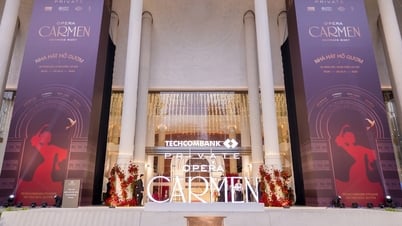








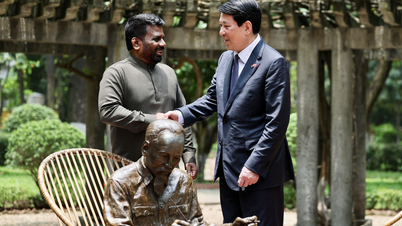
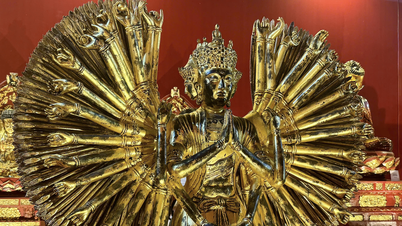




![[Photo] President Luong Cuong and Sri Lankan President Anura Kumara Dissanayaka visit President Ho Chi Minh relic site](https://vphoto.vietnam.vn/thumb/1200x675/vietnam/resource/IMAGE/2025/5/5/0ff75a6ffec545cf8f9538e2c1f7f87a)


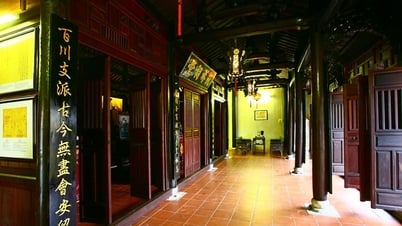

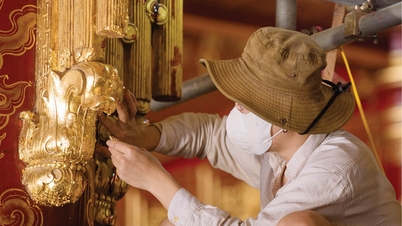





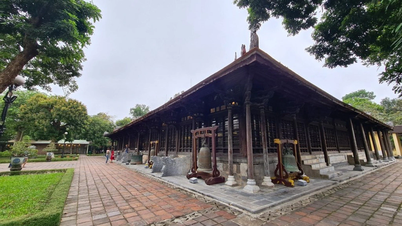






















![[Photo] President Luong Cuong presided over the welcoming ceremony and held talks with Sri Lankan President Anura Kumara Dissanayaka](https://vphoto.vietnam.vn/thumb/402x226/vietnam/resource/IMAGE/2025/5/5/351b51d72a67458dbd73485caefb7dfb)





















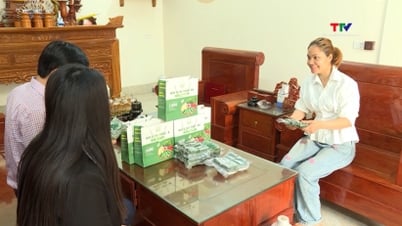









Comment (0)